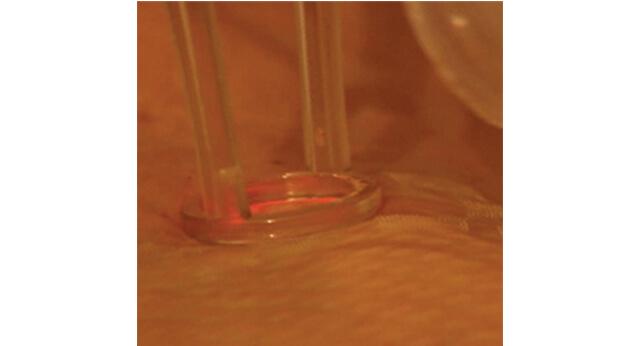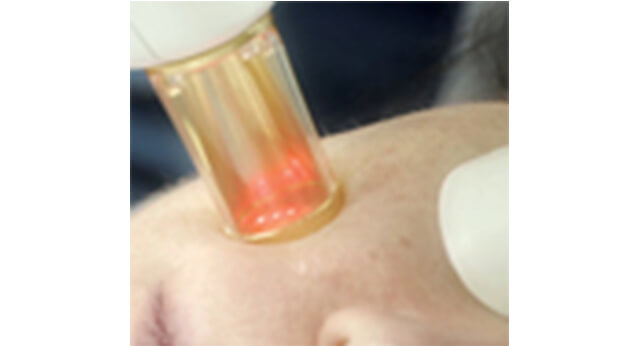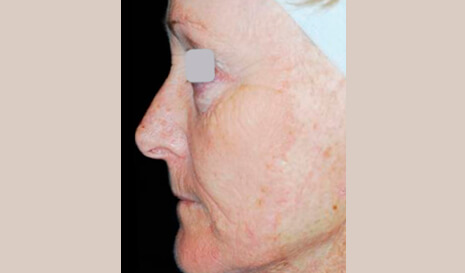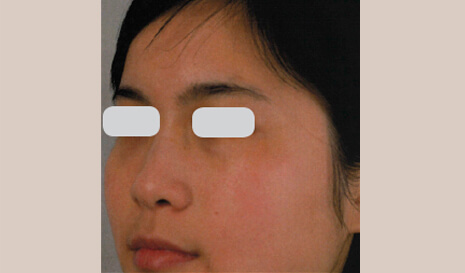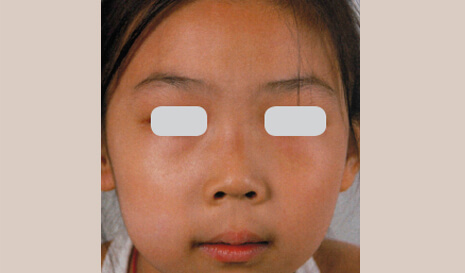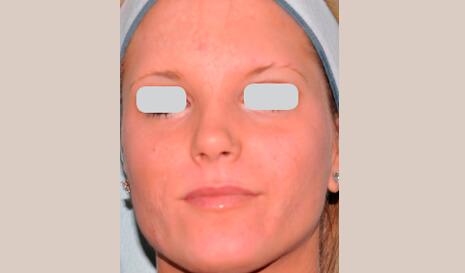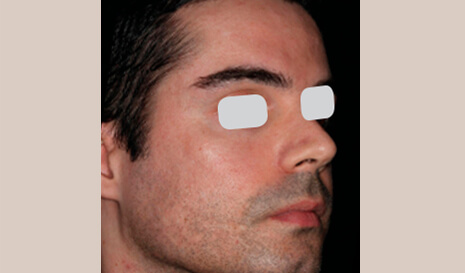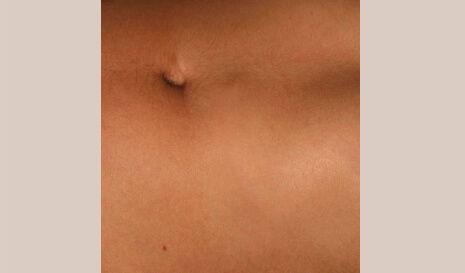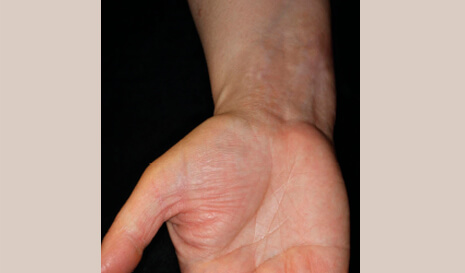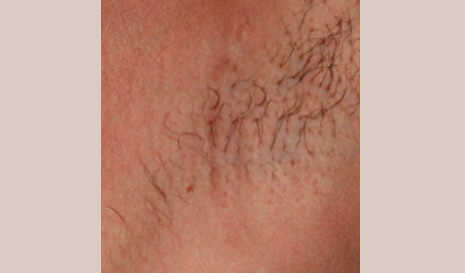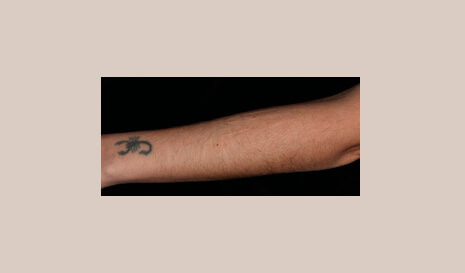A scar is an area of fibrous tissue that replaces normal skin after an injury or surgery as a result of abnormal wound healing. Because the collagen fibers in a scar are arranged differently than in normal tissue, the affected area has a different texture.
Why Do Scars Appear ?
Scars form as part of the body’s natural healing process. For example, burn patients may develop burn scars as part of the burn wound healing process. When the deeper layer of the skin, the dermis, undergoes trauma, such as a burn, an injury or surgery, the body begins to produce excessive and irregular tissue to replace the damaged tissue. Scars look and feel different from the rest of the skin, because although scar tissue consists of the same protein as normal tissue (collagen), its fiber composition has cross-links that cause the tissue to align in a single direction, making it tougher. Most scars are raised and are red to purple in color, yet over time they flatten and become lighter. Scars are less resistant to ultraviolet radiation and hair follicle and sweat glands never grow back in them. Different types of scars include acne scars, keloid scars, hypertrophic scars, caesarean section scars and other surgical scars.
Who Suffers From Scars ?
Anyone who has had the deeper layer of their skin cut, torn or burned can develop a scar. The type of scar that emerges depends on multiple factors, including the depth and size of the wound, its location, the blood supply to the area, skin thickness and color, and the direction of the scar. In addition, a person’s age, genes, gender and ethnic background also play a role.
